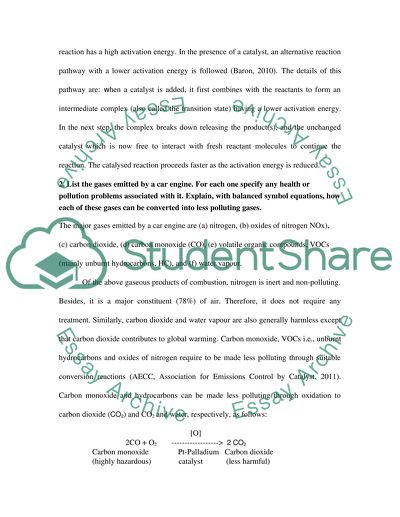Cite this document
(“Catalytic Converters in Cars (Chemistry For Life Sciences) Assignment”, n.d.)
Retrieved from https://studentshare.org/technology/1416499-catalytic-converters-in-cars-chemistry-for-life-sciences
Retrieved from https://studentshare.org/technology/1416499-catalytic-converters-in-cars-chemistry-for-life-sciences
(Catalytic Converters in Cars (Chemistry For Life Sciences) Assignment)
https://studentshare.org/technology/1416499-catalytic-converters-in-cars-chemistry-for-life-sciences.
https://studentshare.org/technology/1416499-catalytic-converters-in-cars-chemistry-for-life-sciences.
“Catalytic Converters in Cars (Chemistry For Life Sciences) Assignment”, n.d. https://studentshare.org/technology/1416499-catalytic-converters-in-cars-chemistry-for-life-sciences.


